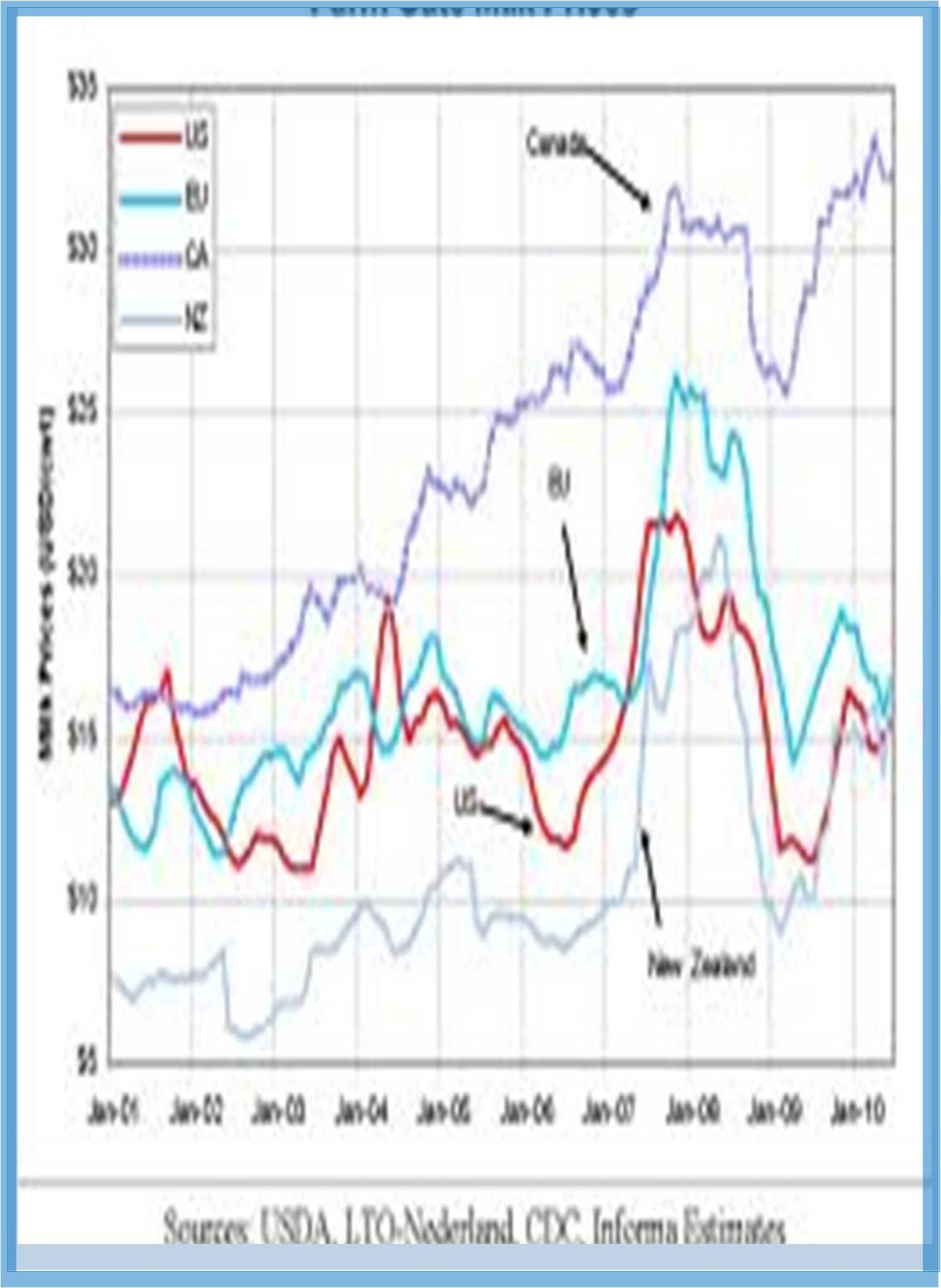



Received: 23-Jul-2022, Manuscript No. GJAEE-22-71982; Editor assigned: 26-Jul-2022, Pre QC No. GJAEE-22-71982 (PQ); Reviewed: 12-Aug-2022, QC No. GJAEE-22-71982 ; Revised: 22-Aug-2022, Manuscript No. GJAEE-22-71982 (R); Published: 29-Aug-2022, DOI: 10.15651/GJAEE.22.10.005
As nations industrialize and support their positions in international markets, modern agricultural value chains expand and become more complex. Gender stereotypes that keep poor and uneducated women in lower paid, less skilled, and more precarious work within the value chain still exist, despite the fact that such value chains are changing the gendered structure of employment and better educated women frequently compete fairly well with men for quality jobs. The difficulty is in ensuring gender equality along the entire chain and avoiding the repetition of long-standing gender discrimination tendencies. The idea of actors connecting along a chain creating and delivering items to consumers through a series of actions is at the core of the agricultural value chain concept. The value chain approach is significant because it also takes into account horizontal impacts on the chain, such as input and financing provision, extension support, and the general enabling environment. This vertical chain cannot, however, work in isolation. The method has been deemed effective, especially by funders, because it led to a wider range of chain interventions by causing all those aspects that affect farmers' capacity to reach markets successfully to be taken into account. It is used to both modernize current chain to help donors find markets for small farmers (Barratt et al., 2008).
The integrated set of products and services (agricultural value chain) required for an agricultural product to travel from the producer to the final customer. Although there is no widely agreed-upon definition of the phrase, the idea has been utilized since the turn of the millennium, mainly by people involved in agricultural development in poor nations (Berdegue, 2001).
Agriculture Value Chain
A fundamental agricultural commodity like corn, vegetables, or cotton is brought to market through steps like processing, packaging, and distribution. These people and processes are referred to as an "agricultural value chain." A value chain, according to the United States Agency for International Development, is the entire set of tasks necessary to take a good or service from conception to final usage, encompassing all of the market channels open to all businesses. In value chains, even subsistence farmers participate. Most subsistence farmers raise some livestock or grow some crops for market. Many subsistence farmers are connected to markets, even in the most distant locations, and sell small quantities of their goods to nearby marketplaces or to traders who come to the farm. Value chains really are just a series of human interactions (Cooper et al.,1997). They deal with connections between individuals and organizations that transmit or trade goods, cash, information, and knowledge (Donovan et al.,2015).
As opposed to the simplest types of value chains, in which producers and buyers only exchange price information - frequently in an adversarial mode value chains it functions best when their actors cooperate to produce higher-quality products and generate more income for all participants along the chain. Value chains are distinct from supply chains, which focus on logistics (shipping, storing, and other procedures), required to move a product from its manufacturing location to consumer (Lyon et al., 2011).
Projects to commercialise agriculture that were financed by the Asian Development Bank (ADB) mostly benefited producers. Support for other market intermediaries, such as dealers, was minimal in all of the case study initiatives. As few projects explicitly chose a complete AVC approach, this was to be expected. The growth of a value chain and opportunities for value-adding activities are limited when production is prioritized above trading, processing, and retail. As a result, trade has expanded and the private sector now plays a bigger role in agriculture than the government does. Food prices have risen as a result of rising population, money, and urbanization, which are altering diets and using food crops for biofuels.
Barrett CB, Sherlund SM, Adesina AA (2008). Shadow wages, allocative inefficiency, and labor supply in smallholder agriculture. Agr Econ. 38(1): 21-34. [Crossref] [Google Scholar]
Berdegue S (2001).Cooperating to compete: associative peasant business firms in Chile. Associative peasant business firms in Chile. 45(7):8976. [Crossref] [Google Scholar]
Cooper MC, Lambert DM, Pagh JD (1997). Supply chain management: more than a new name for logistics. ANZ J Surg. 8(1):1-4. [Crossref] [Google Scholar] [PubMed]
Donovan J, Franzel S, Cunha M, Gyau A, Mithöfer D (2015). Guides for value chain development: a comparative review. J Agribusiness Dev Eme Economies. 21(11): 27-35. [Crossref] [Google Scholar]
Lyon TP, Maxwell JW (2011). Greenwash: Corporate environmental disclosure under threat of audit. J econ and mana stra. 20(1):30-40. [Crossref] [Google Scholar]